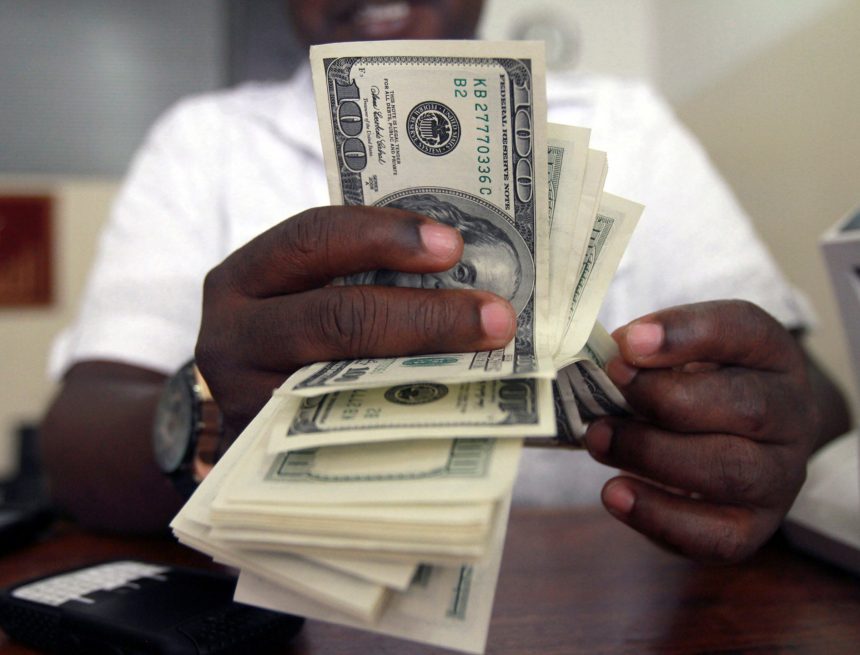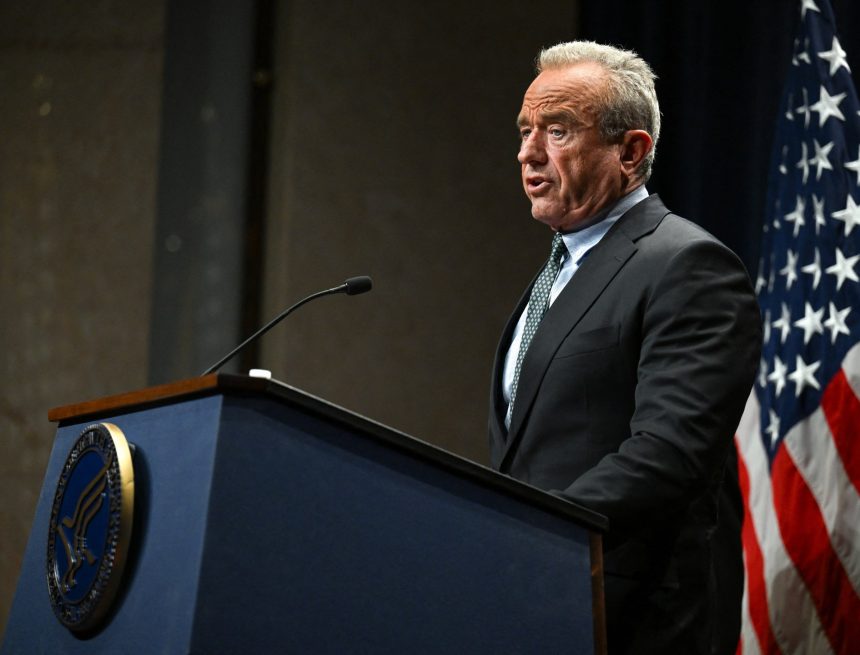Japan could soon have either its first female or youngest-ever prime minister as the country’s ruling party votes for its second new leader in just over a year.
The Liberal Democratic Party (LDP) is looking to replace Prime Minister Shigeru Ishiba, who stepped down last month after his government lost its majority in both houses of parliament.
Whoever is elected will face numerous challenges – not least leading a party still struggling to win back voter trust after major financial corruption scandals.
They will also need to balance the fraught US-Japan relations and see through the tariff deal agreed on by the Ishiba government with Donald Trump’s administration.
A reported visit by Trump to Japan in late October comes as the two countries – historically close allies and major partners in trade and security issues – continue to hash out how to implement the deal over tariffs.
Domestically, the new leader will also have to find a way to boost the flailing economy and deal with rising inflation and a persistent cost-of-living crisis, on top of countering a drift towards the far-right.
Even being named prime minister for whoever wins is not a given as the LDP no longer holds an absolute majority in parliament.
Saturday’s vote will be within the LDP’s 295 parliamentarians and grassroots party members.
If no one wins a majority in Saturday’s initial vote, a runoff will quickly follow between the top two candidates.
Three names have been floated as frontrunners: Shinjiro Koizumi, the current agricultural minister, Yoshimasa Hayashi, the chief cabinet secretary, and Sanae Takaichi, an LDP veteran who would be Japan’s first female prime minister if she won.
Takaichi, 64, is a long-time admirer of Britain’s first female prime minister, Margaret Thatcher.
Known as a close ally and protégé of the late PM Shinzo Abe, she is a hardline conservative, is known to oppose same-sex marriage and has regularly visited the controversial Yasukuni Shrine, where class-A war criminals are buried and honoured.
She was not seen as a strong advocate on women’s issues, but Takaichi’s tone has shifted recently, pledging to make babysitter fees partially tax-deductible and proposing corporate tax breaks for companies that provide in-house child care services during her campaign.
She has promised to double the size of the economy in a decade with heavy state investment in new technologies, infrastructure, food production and other areas of economic security.
Under the deal Japan agreed to invest $550bn in the US in return for lower tariffs on automobiles and other Japanese products but mentioned the possibility of renegotiation if the deal proves to be unfair.
Koizumi, 44, is the son of Junichiro Koizumi,who served as prime minister from 2001 to 2006.
Seen as the young fresh-face of the mostly older LDP, Koizumi is media-friendly and popular on social media, where he is known for posting cat photos.
His popularity has soared lately as agriculture minister for bringing the price of rice down and being praised by veteran LDP colleagues for his leadership on the issue.
Along with other candidates, Koizumi has vowed to trim taxes to help households cope with rising living costs.
The third frontrunner is 64-year-old Hayashi, the chief cabinet secretary who is also the government’s top spokesperson. Observers say he’s “someone who is not so flamboyant, but experienced and tested”.
Many of Hayashi’s supporters hail from a faction once led by former Prime Minister Fumio Kishida. He is also backed by some of the lawmakers who supported incumbent Ishiba’s 2024 presidential bid.
Other names that have been floated include former foreign minister Toshimitsu Motegi and former economic security minister Takayuki Kobayashi.
The leadership battle comes after a bruising few years for the LDP which saw a “cascade” of scandals, widespread voter apathy and record-low approval ratings.
In 2024, the newly-confirmed Ishiba announced a snap election for October, saying it was “important for the new administration to be judged by the people as soon as possible”.
It was a political gamble that backfired.
The electorate – still furious over the corruption scandal and struggling to deal with rising inflation and a cost-of-living crisis – returned the party’s worst result in a decade.
For the first time since 2009, the LDP – which has ruled Japan almost continuously since 1955 – lost its parliamentary majority.
Then this year, it lost its majority in the upper house parliamentary elections.
Ishiba resisted calls for him to step down at first, saying he needed to take responsibility for the LDP’s losses and to deal with a trade deal with Washington.
But in early September – ahead of an internal leadership vote that would’ve likely voted him out – he bowed out, announcing his resignation and setting the stage for today’s vote.


